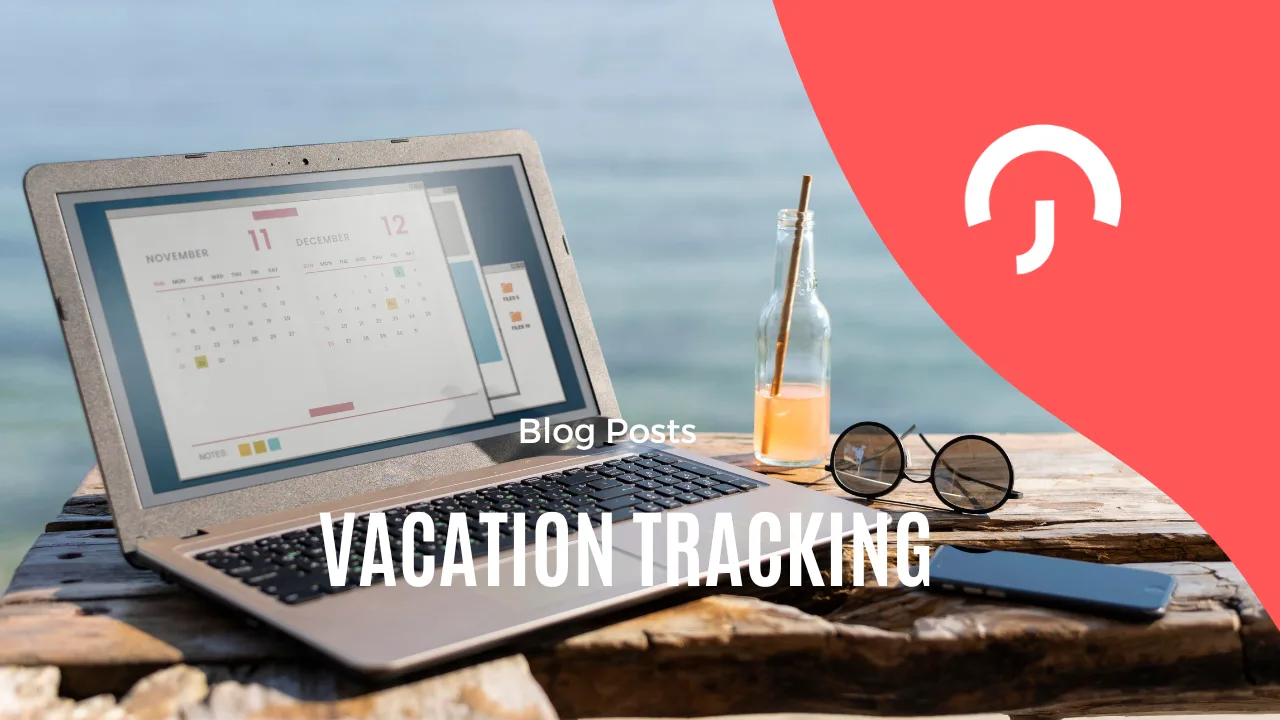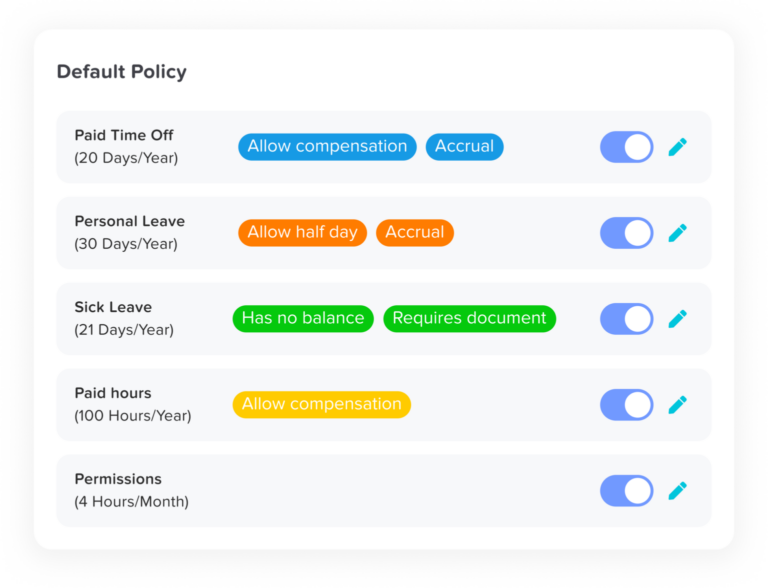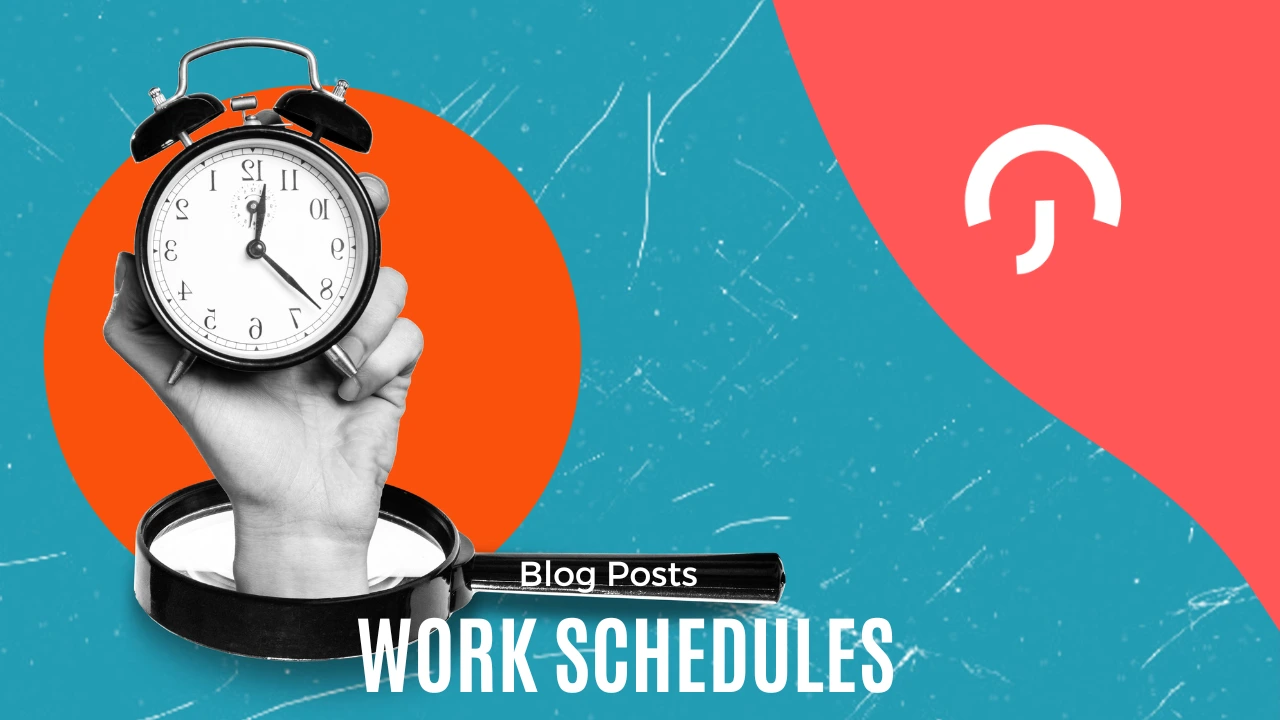In an always-on culture where performance is prioritized over presence of mind, many professionals are unknowingly running on empty. Burnout once a buzzword is now a recognized workplace phenomenon with measurable consequences. Yet one of the most effective, science-backed ways to fight burnout remains underused: taking time off. time off gives your mind and body the reset they desperately need. It’s not a luxury or a sign of slacking it’s a proven strategy to protect well-being, restore productivity, and foster a sustainable work-life balance.
This article explores why time off is essential to mental health, productivity, and sustainable success, and how individuals and organizations can make better use of it.
What Is Burnout, Really?
Burnout is more than just feeling tired. It’s a state of emotional, physical, and mental exhaustion caused by prolonged and excessive stress particularly from work.
According to the World Health Organization (WHO), burnout is now classified as an “occupational phenomenon” with three main characteristics:
Exhaustion: Feeling drained, both physically and mentally.
Cynicism/Detachment: Negative feelings toward your job or coworkers.
Inefficacy: A sense of ineffectiveness and lack of accomplishment.
Burnout affects employee morale, absenteeism, turnover rates, and even health insurance costs. Yet many people don’t realize they’re on the path to burnout until they’re already deep in it.
The Real-World Impact of Burnout
A 2023 report by Gallup found that 76% of employees experience burnout at least sometimes, with 28% saying they feel burned out “very often” or “always.”
Burned-out employees are 63% more likely to take a sick day, and 2.6 times more likely to actively seek a different job.
Businesses with high burnout levels see lower employee engagement, higher turnover, and reduced customer satisfaction.
Why Taking Time Off Works
1. Mental Recovery and Cognitive Reset
Continuous work without rest leads to decision fatigue, decreased focus, and emotional exhaustion. Taking a break allows the prefrontal cortex the brain’s decision-making center to recharge. Employees return with better attention spans, improved memory, and more clarity.
Did you know? After a vacation, employees report a 40% increase in productivity, according to a study by the American Psychological Association.
2. Enhanced Creativity and Problem Solving
Creativity thrives on diverse stimuli and downtime. Stepping away from routine allows the brain to connect ideas in new ways. This is known as the incubation effect when solutions emerge after disengaging from a problem.
Even short getaways or staycations can provide the “mental white space” needed for fresh ideas.
3. Stronger Immune System and Physical Health
Chronic stress suppresses the immune system and increases the risk of heart disease, high blood pressure, and insomnia. According to a study from the Framingham Heart Study, men who took frequent vacations were 32% less likely to die from heart attacks.
Taking time off improves sleep quality, reduces cortisol levels (the stress hormone), and supports long-term health.
4. Better Relationships and Emotional Resilience
Burnout often spills into personal life, straining relationships and eroding emotional reserves. Time off allows for reconnection with family, hobbies, and self-care, all of which are essential for emotional resilience.
It also gives employees the space to process emotions and regain a healthy work-life balance.
5. Improved Employee Retention and Satisfaction
Companies that encourage time off are rewarded with loyal, motivated employees. When people feel that their well-being is valued, they’re more likely to stay and perform better.
In fact, companies with supportive PTO policies report up to 25% higher employee retention.
Why People Don’t Take Time Off (Even When They Can)
Despite having access to paid leave, many employees don’t use it — or worse, they use it and still work during their “break.”
Common reasons include:
Fear of falling behind
Guilt about burdening colleagues
Workplace culture that discourages breaks
Poor PTO tracking or request processes
Lack of backup support or delegation
Strategies for Encouraging Healthy Time Off
Organizations play a vital role in normalizing rest and preventing burnout. Here’s how companies can lead the way:
Make Time Off Easy to Request
Use tools like Day Off to simplify the process of requesting and managing leave. An intuitive app reduces friction and gives everyone visibility.
Create Clear PTO Policies
Define how much time off employees are entitled to, how to request it, and how coverage is handled. Ambiguity leads to underuse.
Normalize Taking Breaks
Leadership should model healthy behavior. If managers never take time off, employees won’t either.
Offer Mental Health Days
Beyond traditional vacation, offer mental wellness days that employees can use without guilt or explanation.
Celebrate Time Off
Celebrate when people return from vacation ask about their experience and highlight the value of rest in company meetings or newsletters.
How Individuals Can Prioritize Their Own Time Off
Even if your workplace isn’t proactive, you can still take control of your rest:
Plan in advance: Use a calendar or PTO tracker to space out breaks throughout the year.
Communicate clearly: Let your team know about your absence early so transitions are smooth.
Truly disconnect: Set an autoresponder, mute notifications, and avoid checking emails.
Use all your days: Don’t leave PTO on the table. It’s part of your compensation.
FAQs
1. How much time off should I take to avoid burnout?
There’s no one-size-fits-all answer, but most experts recommend taking at least one week-long vacation every 6–12 months, along with regular shorter breaks (like long weekends or mental health days). The key is consistency spacing out rest throughout the year rather than saving it all at once.
2. Can taking time off really improve productivity?
Yes. Research shows that taking time off improves focus, decision-making, and creativity. After a vacation, employees report a 40% boost in productivity and increased engagement. Rested minds work smarter not just harder.
3. What are signs I might need time off?
You may need time off if you’re experiencing:
Chronic fatigue
Difficulty concentrating
Increased irritability or detachment
Drop in work quality
Feeling overwhelmed or emotionally drained
These are early symptoms of burnout and should be taken seriously.
4. What if I feel guilty about taking time off?
Feeling guilty is common, but it’s important to remember that PTO is part of your compensation. Taking time off helps you return refreshed and ready to contribute more effectively. A well-rested employee benefits the entire team.
5. How can managers support employees in taking time off?
Managers can:
Lead by example and take their own time off
Encourage team members to schedule breaks regularly
Avoid sending emails to employees on leave
Use a tool like Day Off to simplify time-off requests and visibility
6. What’s the difference between time off and sick leave?
Time off generally refers to planned personal leave like vacation, PTO, or mental health days.
Sick leave is specifically for health-related issues. Both are essential, but time off should be proactive to prevent the need for more serious recovery.
7. How can I fully disconnect during time off?
Here are a few tips:
Set an out-of-office email with clear return dates
Turn off work notifications on your phone
Delegate urgent tasks before you leave
Communicate boundaries with your team
A clean break is essential for full mental and emotional recharge.











